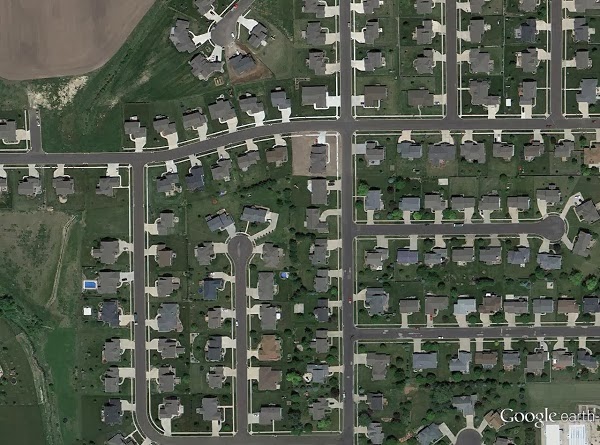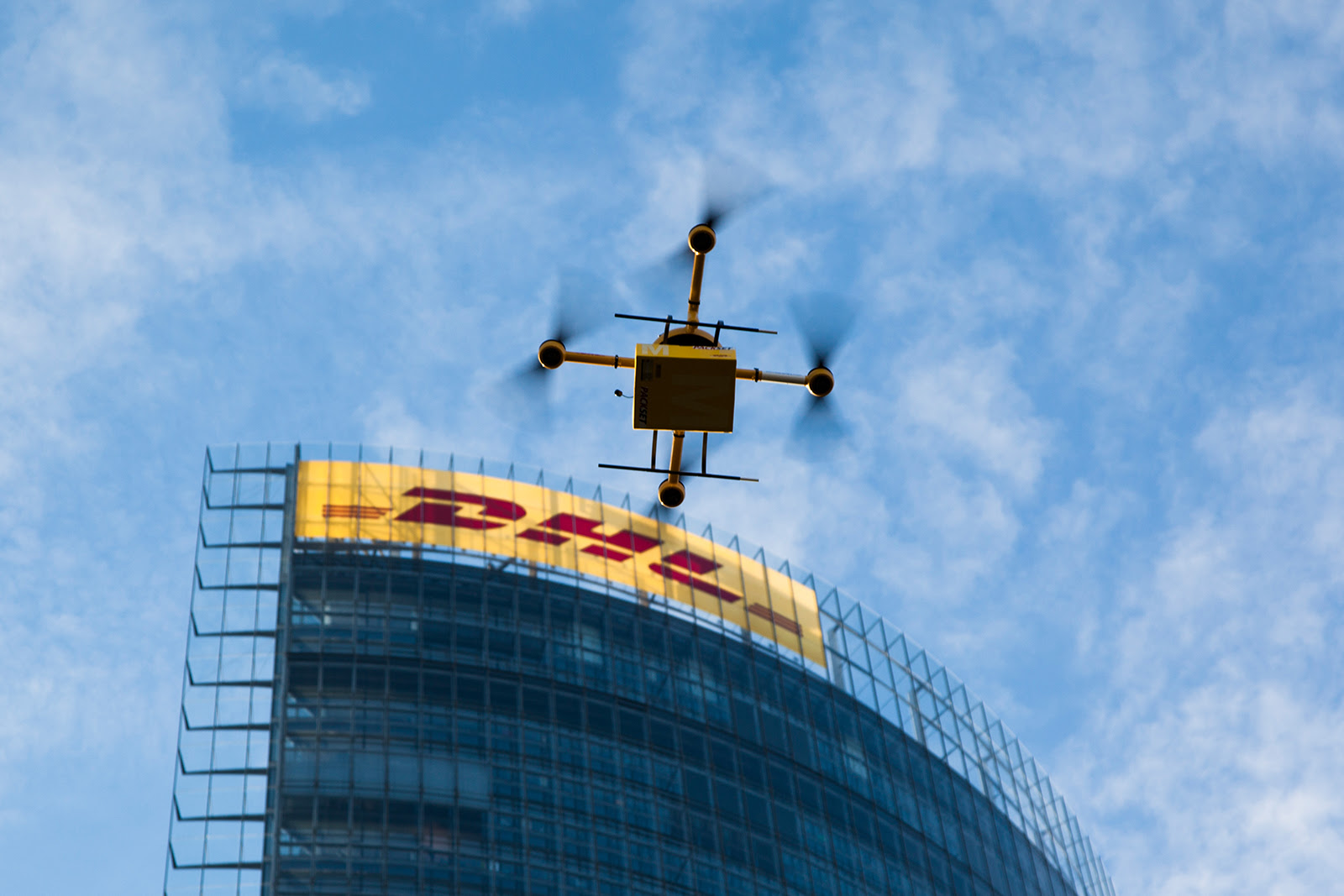Last year, Oklahoma had more earthquakes than ever
before. In 2015, the Oklahoma Geological Survey (OGS) counted 5,691 earthquakes[1] centered in the state. That’s
270 more quakes than what Oklahoma experienced in 2014.
Along with more reports of earthquakes, came more
reports of earthquake damage[2]. In one of the worst
earthquake swarms in 2015, a chimney was torn from a house in Edmond[3], and an exterior wall of
bricks came tumbling down from an apartment complex in northeast Oklahoma City[4]. Much has been learned since
Oklahoma's earthquake surge began in 2009.
Scientists now link these earthquakes to the injection of waste water into deep disposal wells[5]. Water exists naturally in the earth along with oil and gas deposits, and when the oil and gas is drawn from the earth, the water comes with it. This water is separated from the oil and gas, and is disposed of in deep wells. Because these quakes are caused by human activities, they are known as “induced earthquakes.”[6]
Many questions remain, however. Namely, what are the
long-term effects of having so many small earthquakes so frequently? And how is
it possible to compare the impact of these quakes across Oklahoma? The United
States Geological Survey produces damage estimates automatically after
significant earthquakes, but it does not produce damage estimates for swarms of
smaller earthquakes, which may last for months or years.







